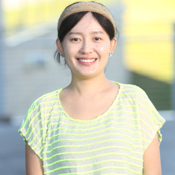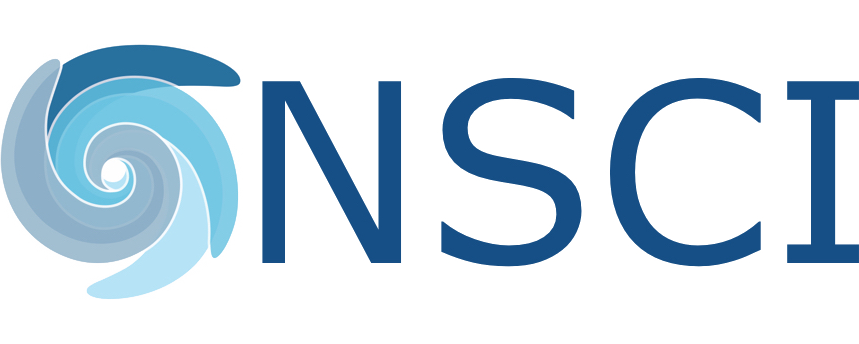NSCI Researchers Create Unique Surgical Technique to Aide Research in Quest for Retinal Disease Therapeutic
RENSSELAER N.Y., August 30, 2017 – Age-related macular degeneration (AMD), a progressive degenerative disease of the retina, is the leading cause of blindness in the elderly. Patients with AMD gradually lose central vision, severely compromising the ability of a person to perform everyday tasks, including reading. AMD affects more than 10 million people in the US and is projected to increase to 196 million in 2020 worldwide. Scientists at the Neural Stem Cell Institute, including former NSCI researcher Christine Zhao and NSCI Principal Investigator Dr. Nathan Boles, have now published a breakthrough technique in the video journal Jove.
In AMD, the retinal pigment epithelium (RPE), a pigmented layer of cells lying beneath and supporting the retina, degenerates. AMD occurs in two forms, dry and wet. While there are therapies for the wet form of AMD, there are no approved therapies for the dry form of AMD. The advent of induced pluripotent stem cell (iPSCs), and their ability to generate any cell type in the body, has enabled the creation of cell culture models of disease that enable rapid drug screening for potential therapeutic agents.
Zhao and her team created a unique surgical technique to deliver cells to the sub-retical space of rat eyes: Subretinal injection has been widely applied in preclinical studies of stem cell replacement therapy for age-related macular degeneration. In this visualized article, we describe a less risky, reproducible and precisely modified subretinal injection technique via the trans-scleral approach to deliver cells into rat eyes.
View complete video journal here.



Leave a Reply